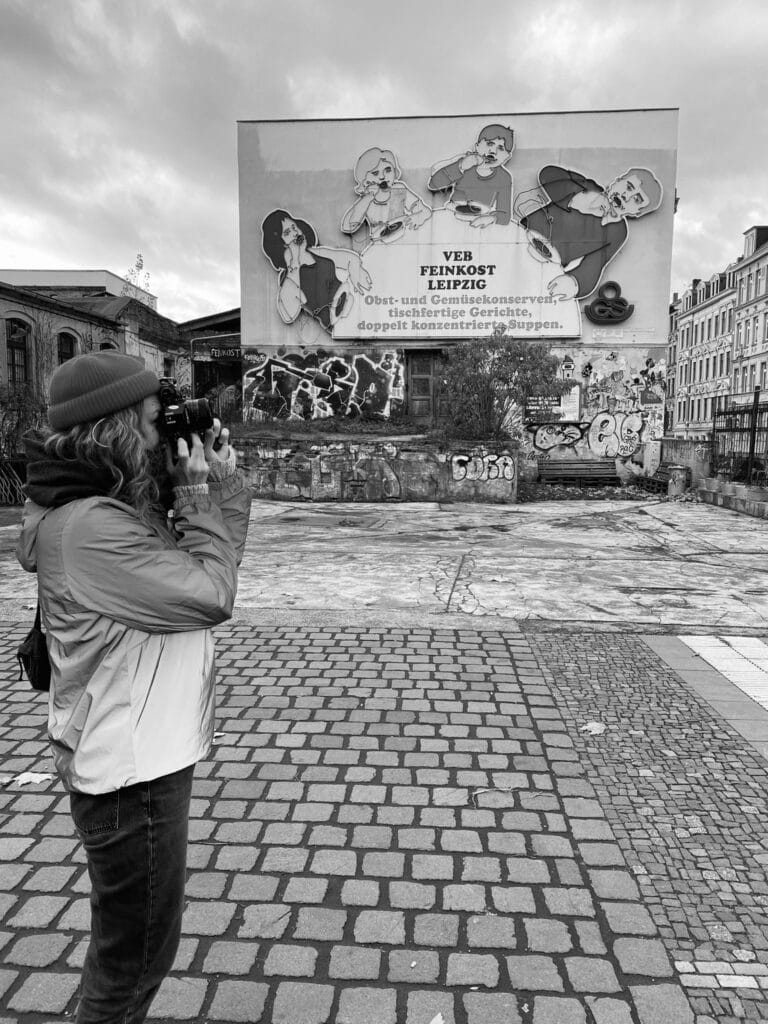architecture studies
Endlich enkeltauglich. Weißwasser
context
Like many cities in regions undergoing structural change, Weißwasser is facing the challenge of dealing with the consequences of a significant population decline. Following the decline of the glass industry and the imminent closure of the opencast lignite mine, the population has fallen drastically, resulting in vacancies, unused land and underutilized infrastructure. The city is therefore looking for new concepts to counteract the shrinking process and re-establish Weißwasser as an attractive place to live and work.
task
The aim is to develop an architectural design that sensibly reactivates vacant spaces, sustainably integrates existing infrastructure and enables new forms of living and working. The district is to be designed in such a way that it offers a high quality of life, promotes a social mix and takes sustainable mobility concepts into account. The design should demonstrate innovative architectural solutions for compact, vibrant and resource-efficient urban development. Of particular importance is the creation of attractive public spaces that will strengthen Weißwasser as a place to live and work in the long term and provide new impetus for inward migration and economic development.
concept
By breaking down existing barriers and improving connections to the city, the district is to become a vibrant hub. Sustainable mobility solutions, green recreational areas and diverse forms of housing promote future-oriented urban development. New workspaces and educational opportunities will strengthen the economic and social structure of the region. The result is a modern, ecologically responsible district that will make Weißwasser more attractive and liveable in the long term.
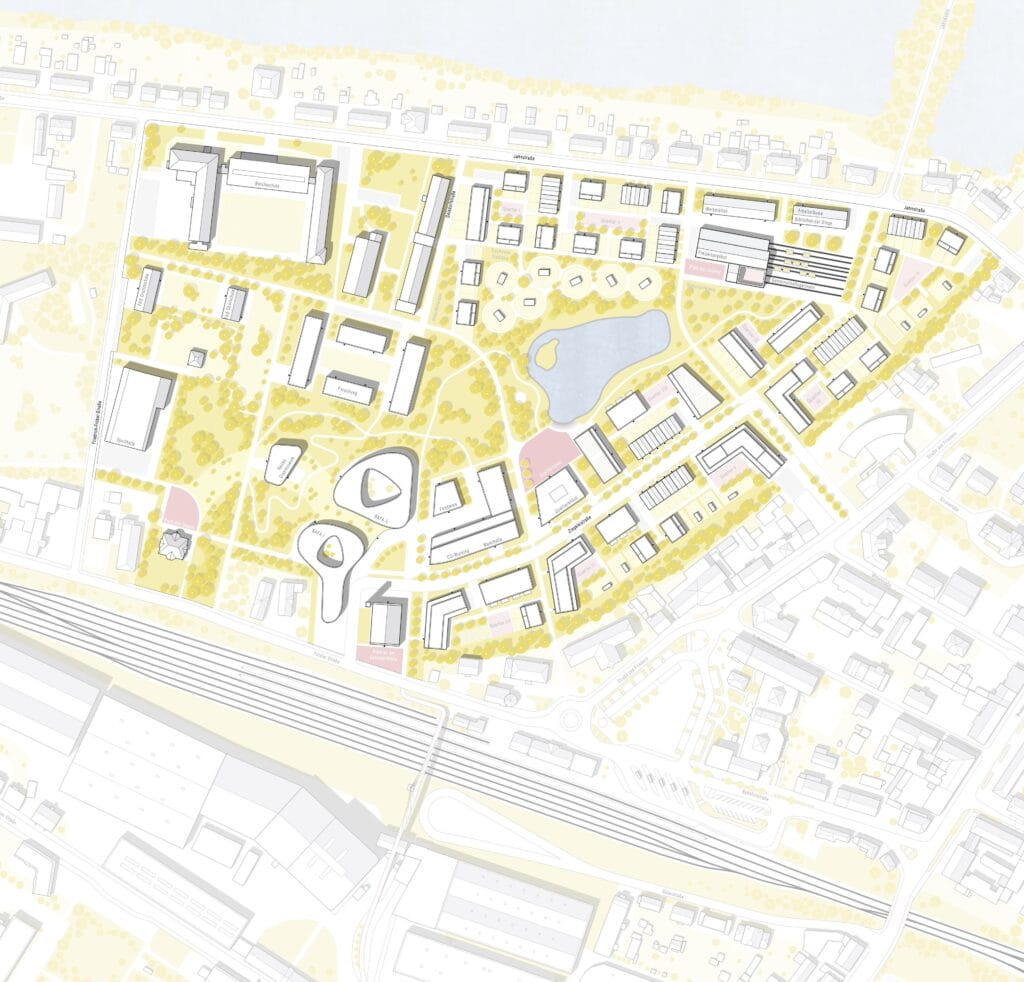
publish date
february 21st, 2025
project type
studies
student
christophjahn | johannavonderlage
detailed explanation of the concept
The concept "Endlich enkeltauglich. Weißwasser" - A district with a future focuses on sustainable urban development that creates innovative living and working spaces while promoting social mixing and urban development. By combining living, working and leisure, the area around the Ziegeleiteich is to be revitalized and better integrated into the city. The plan is to create a car-free district with traffic-calmed zones, supplemented by car-sharing services and improved public transport connections. Diverse forms of housing, including multi-generational houses, communal housing projects and tiny houses, offer flexible living spaces for different needs. At the same time, new workspaces and commercial units are being created, providing economic impetus and making Weißwasser a more attractive location.
Sustainable mobility concepts, such as a new pedestrian and cycle crossing over the railroad tracks and the planned ICE connection, strengthen the city's connectivity. A green park landscape with orchards and communal gardens increases biodiversity and creates valuable recreational areas. In addition, educational and leisure facilities will be expanded, for example with a research campus, sports facilities and an extended sculpture park at the glass museum. The planned measures aim to make Weißwasser a liveable and sustainable place, to dissolve existing boundaries in the cityscape and to realize a modern neighbourhood development that meets ecological, social and economic requirements in equal measure.
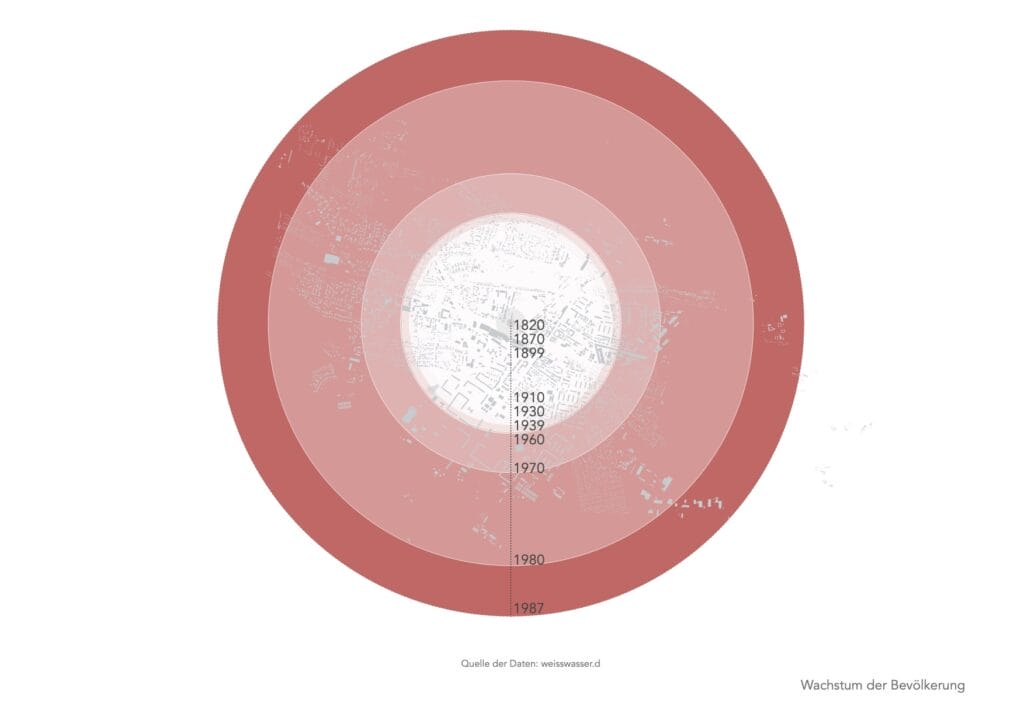
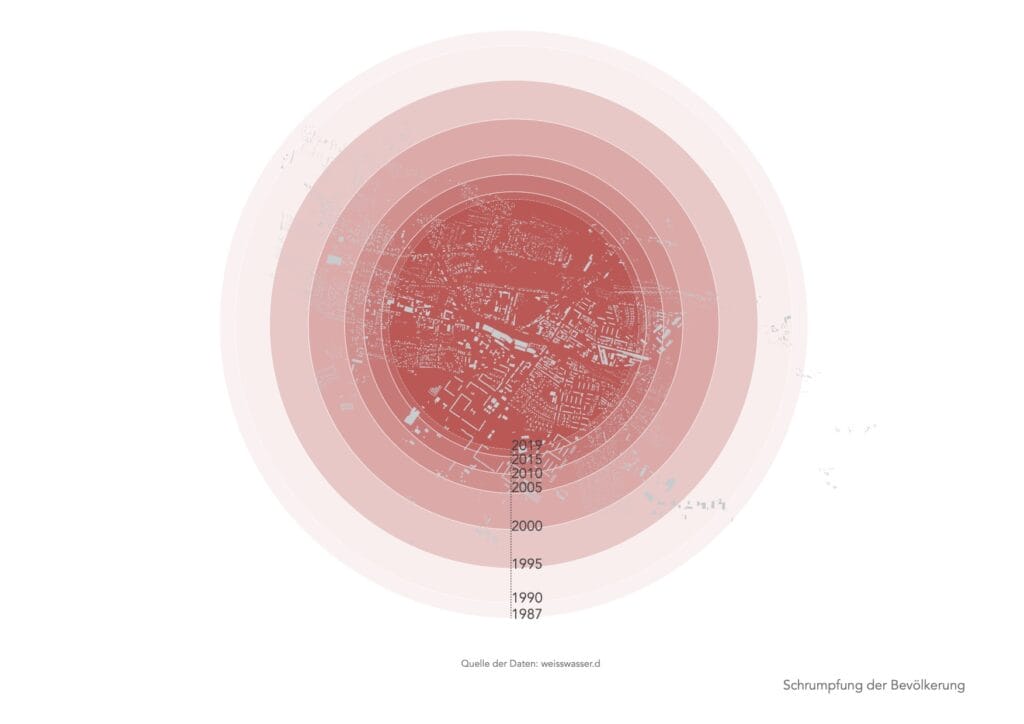
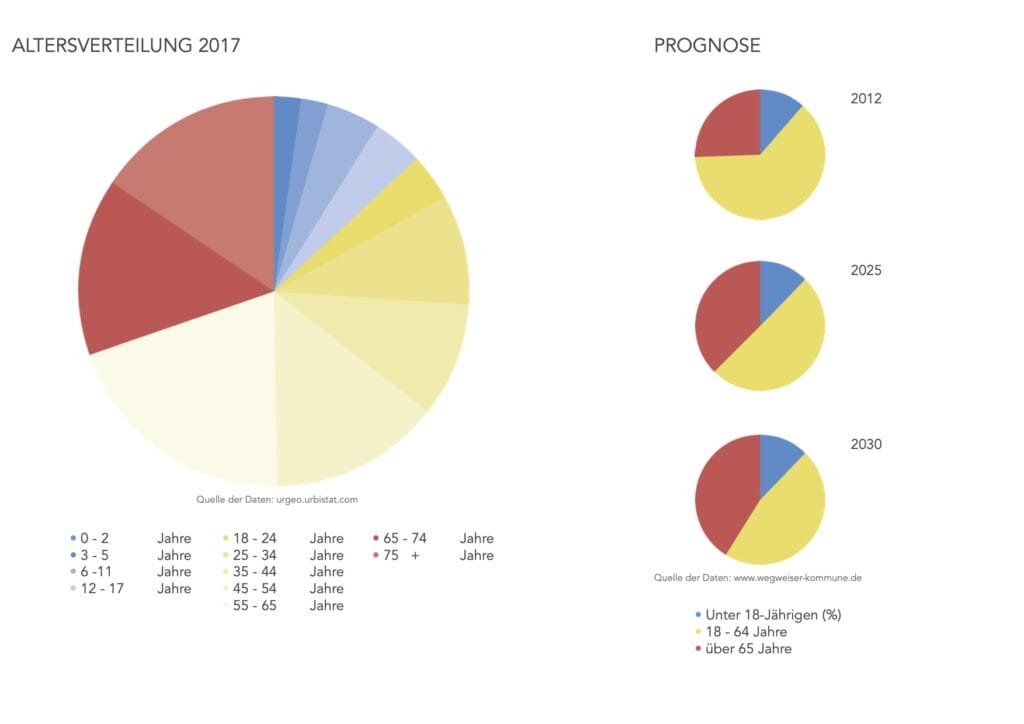
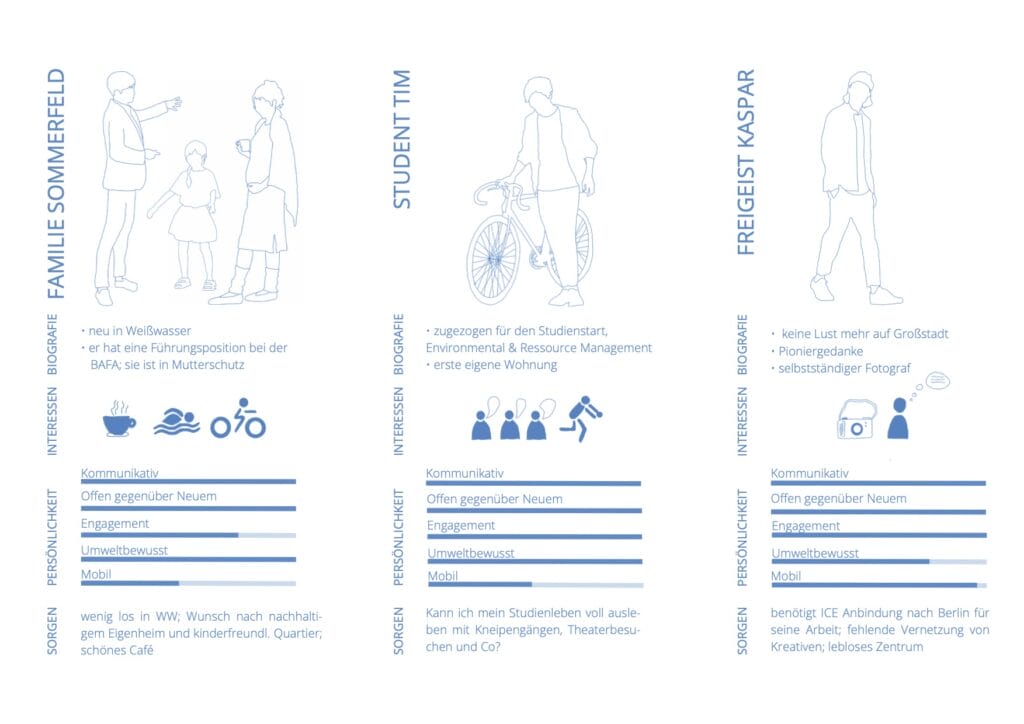
A big thank you goes to my team partner Christoph Jahn. This work was created at the Chair of Urbanism at the TU Dresden.


